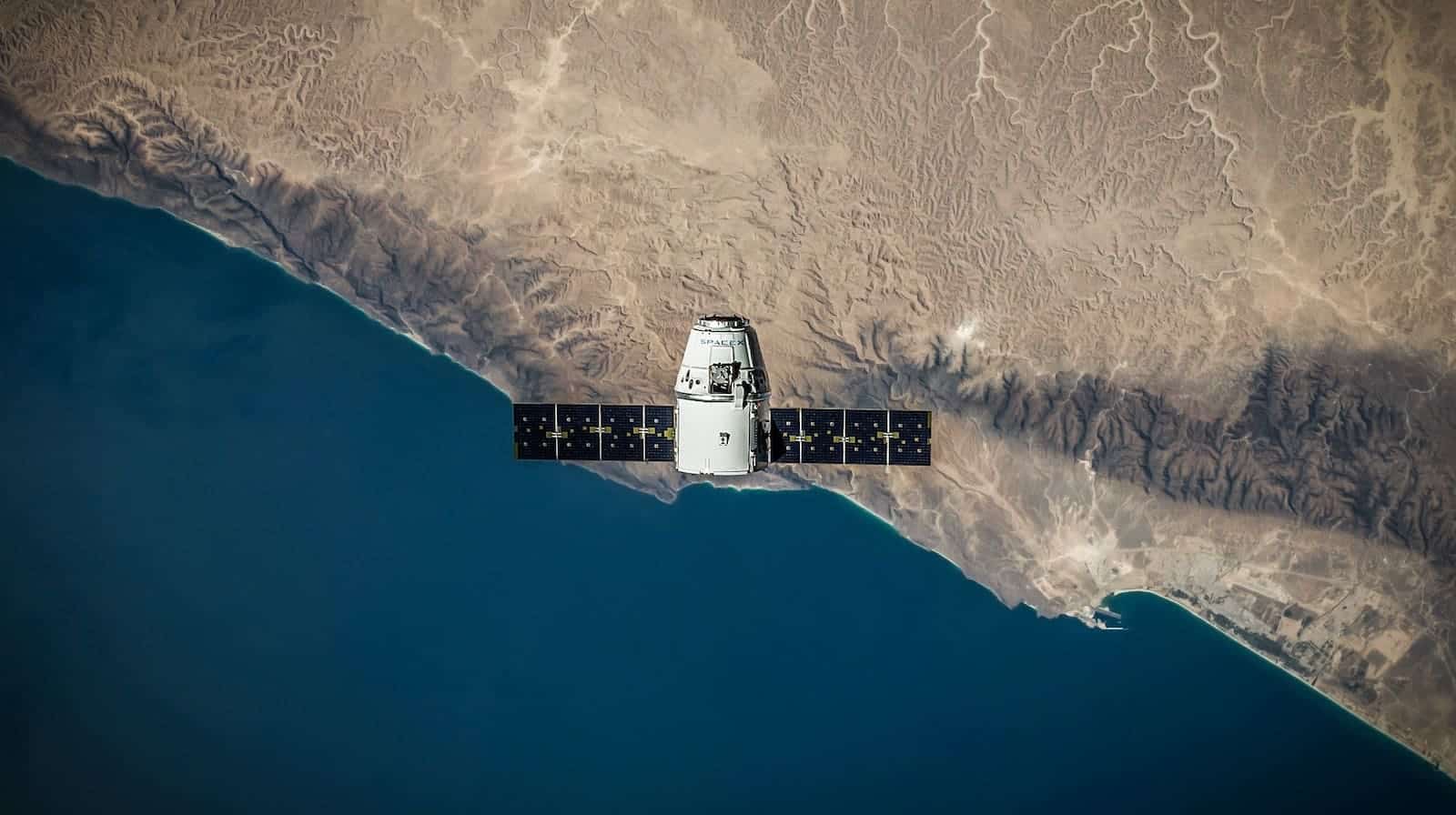SpaceX has reached a new milestone in its ambition to revolutionize global telecommunications with the successful launch of 21 Starlink satellites, six of which are equipped with the technology necessary to offer services directly to mobile phones and compete with all telecommunications companies worldwide. This launch, carried out by a Falcon 9 rocket, formally initiates the deployment of its global mobile connectivity service, promising coverage in the most remote places on the planet.
The Starlink DTC (Direct To Cell) satellites will function as space mobile phone towers, allowing SpaceX to offer universal mobile coverage once its constellation of over 7,500 satellites is fully operational. This advancement follows successful tests earlier this year, where the company was able to send text messages between standard mobile phones seamlessly, demonstrating the viability of its technology.
While the availability of text messaging through this service is expected by the end of this year, users will have to wait until 2025 to enjoy full voice and data services, including IoT (Internet of Things). Unlike its Internet access service, which is available to individual consumers, the Starlink mobile phone service will require mobile operators to partner with SpaceX to offer connectivity to their customers.
Several telecommunications operators have already signed agreements with SpaceX to leverage this emerging technology. Among them are T-Mobile in the United States, the first to join the project, Optus in Australia, Rogers in Canada, Entel in Chile and Peru, KDDI in Japan, One in New Zealand, and Salt in Switzerland. This collaboration between SpaceX and mobile operators promises to significantly expand accessibility and the quality of mobile coverage globally.
Meanwhile, AST SpaceMobile, another player in the race to provide global mobile connectivity through satellites, has successfully conducted tests with its BlueWalker 3 satellite. However, it faces financial challenges that cast doubt on the continuity of its project, contrasting with SpaceX’s substantial advances in this field.
SpaceX’s initiative not only represents a step forward in global connectivity but also envisions a future where mobile phone coverage is no longer limited by geography, offering new opportunities for development and digital inclusion worldwide. With the ongoing deployment of its Starlink satellite network, SpaceX is well positioned to lead this transformation in telecommunications, promising to connect people in all corners of the planet.

